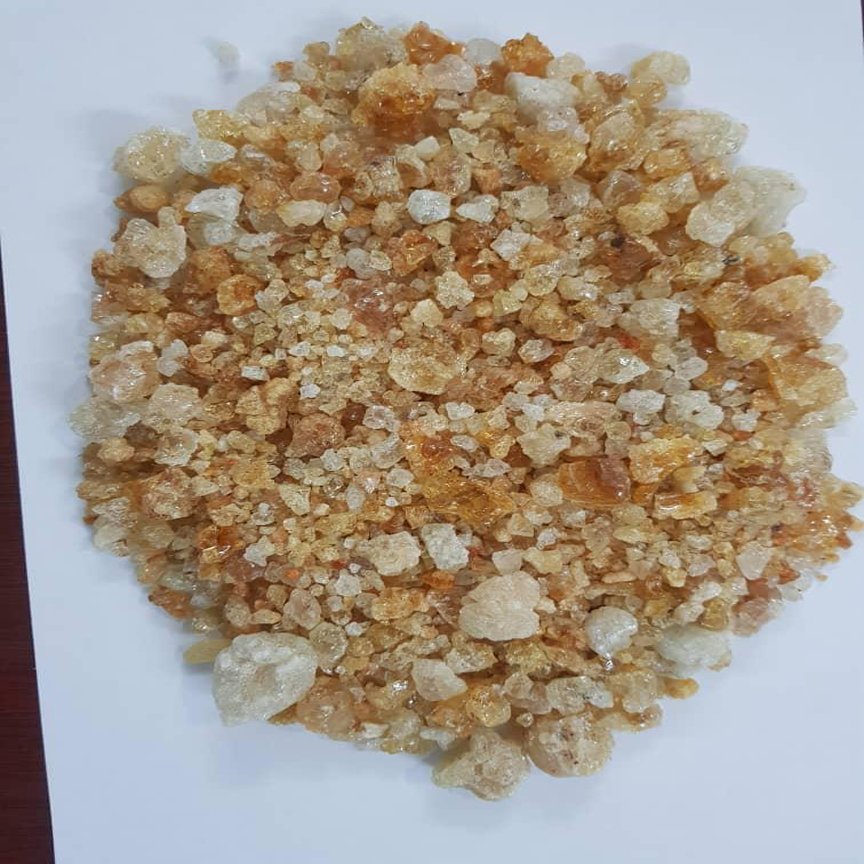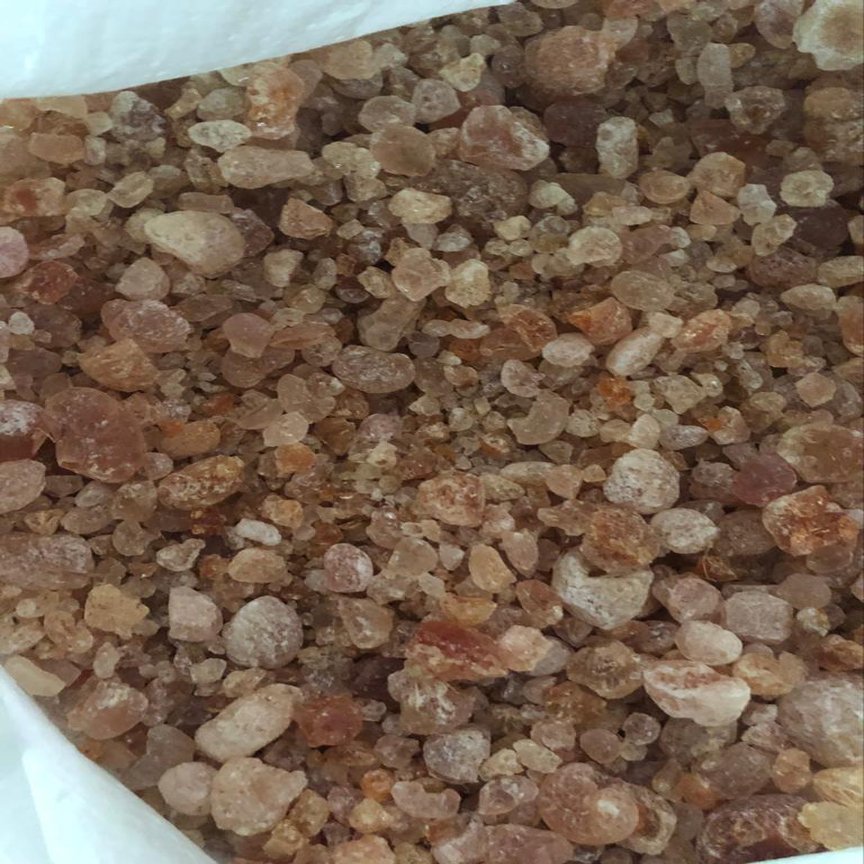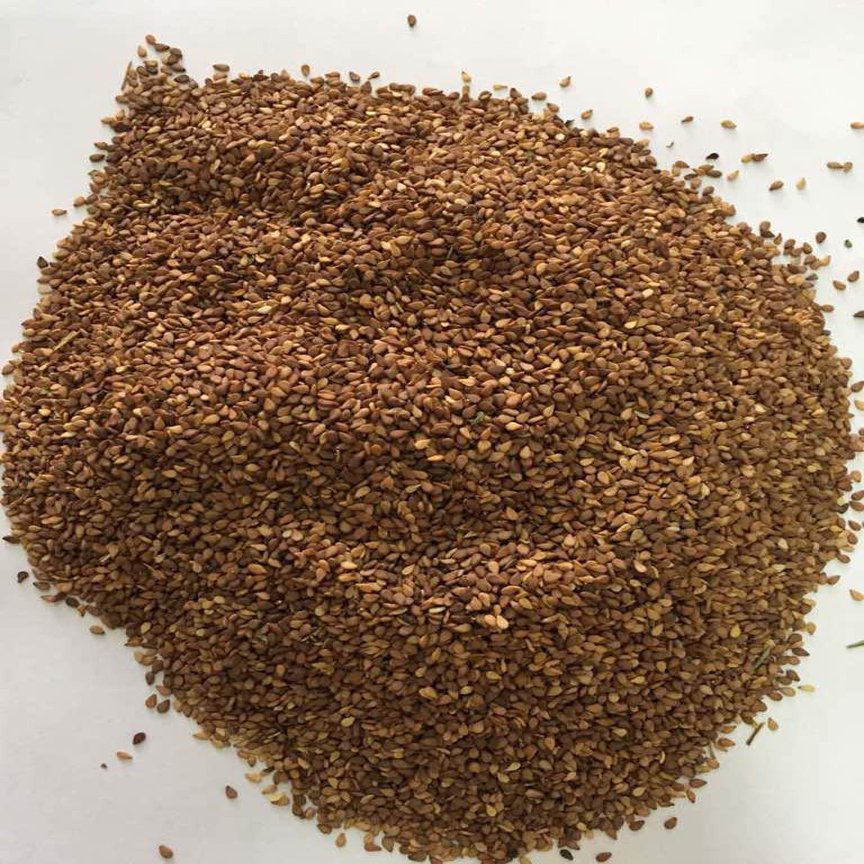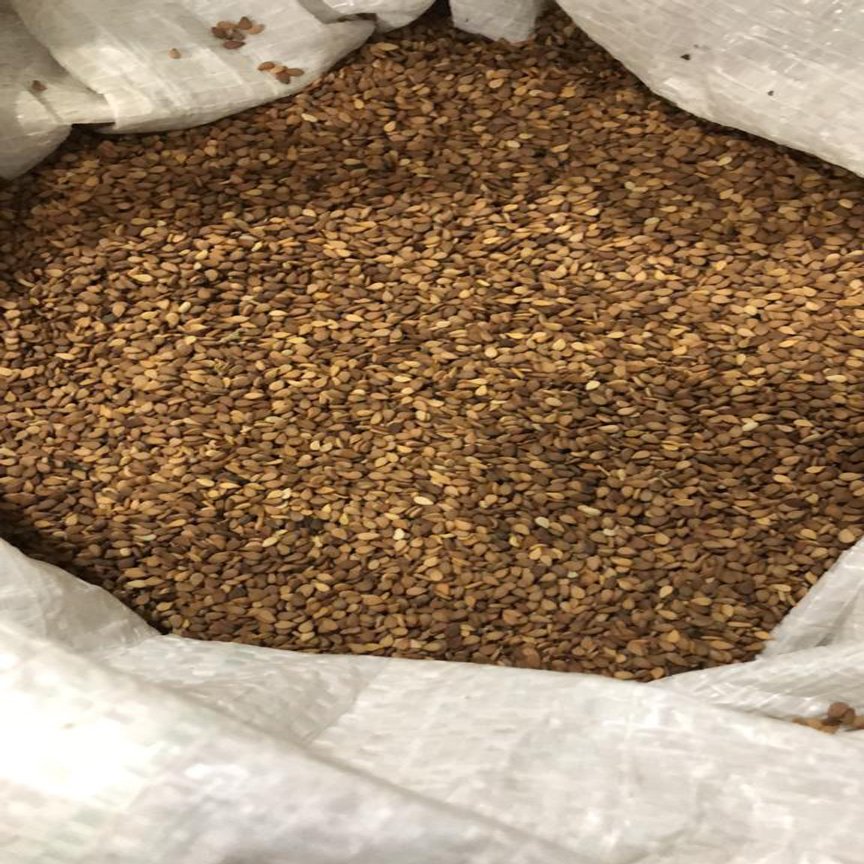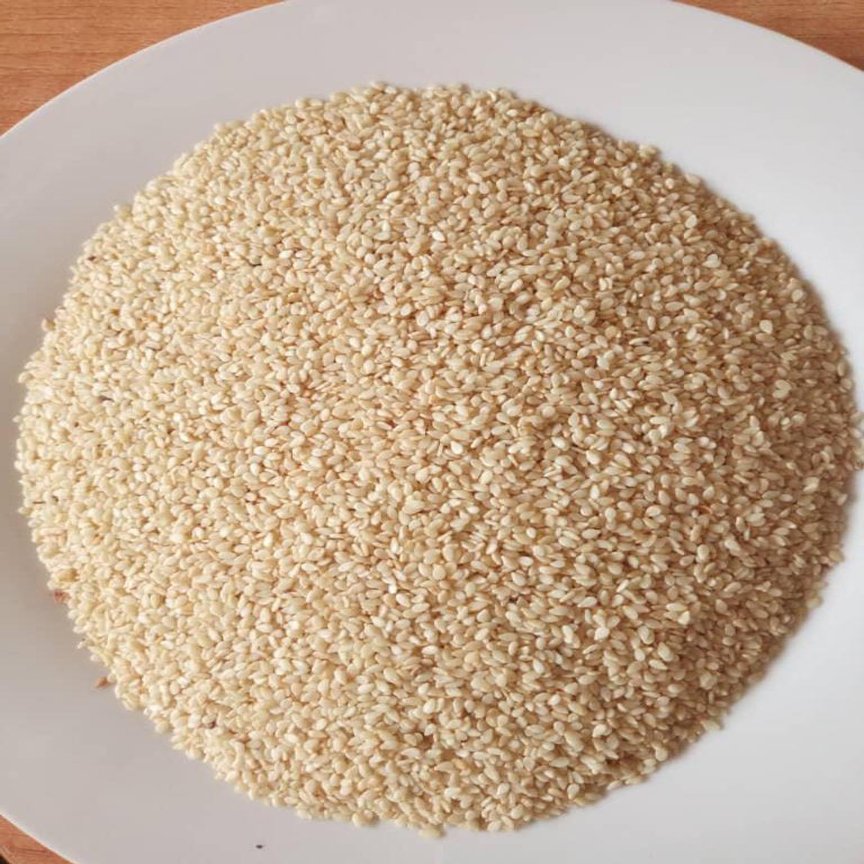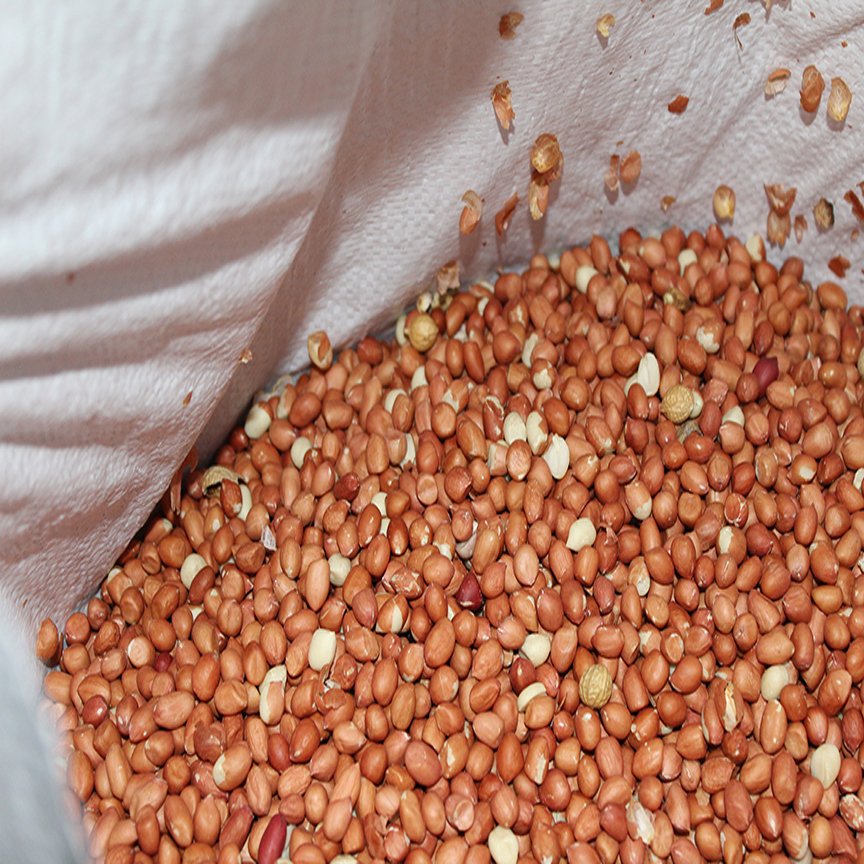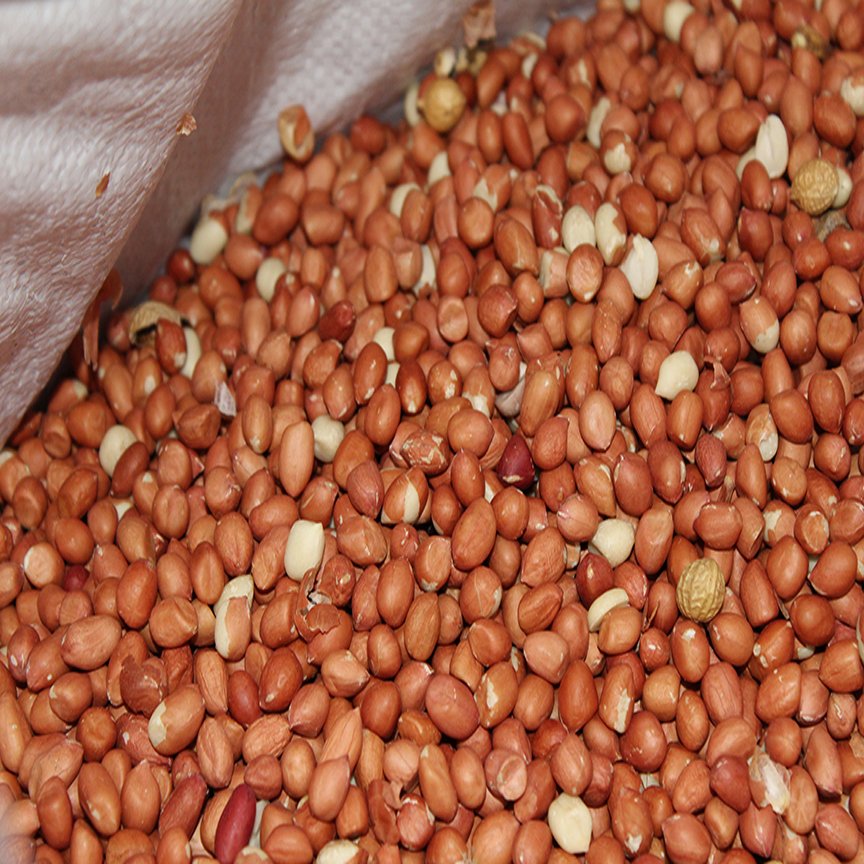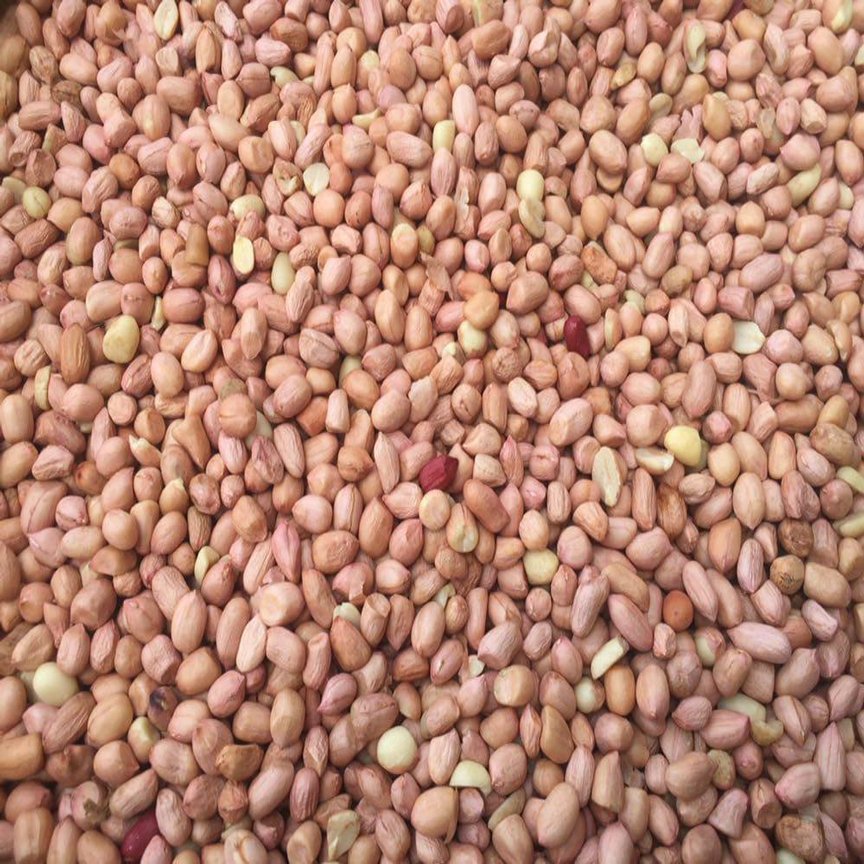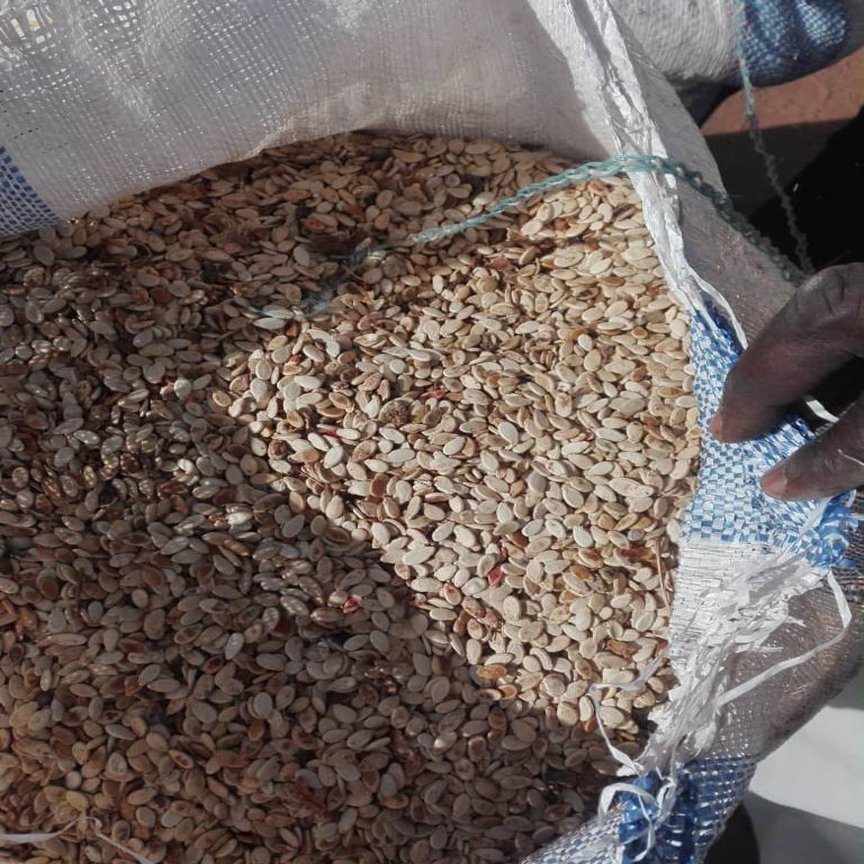Gum Arabic
Gum Arabic is a dry exudates obtained from the trees of both acacia senegal and acacia seyal and uses in a range of food and beverages as additive and recently used as food ingredient. Sudan produces almost 77% of world production and over 98% exported abroad mainly to Europe countries, USA and Japan. Very few amounts go to the rest of the world. The gums were used widely in these countries where ...
the customers need restrict quality management measures regarding the product and its handling procedures till it reach the end users. Gum Arabic is used in sweeteners and as a food, beverage and drink additive, a liquid or drink thickener, in cake and pastry preparation, and in food flavourings
×
Gum Arabic
Gum Arabic is a dry exudates obtained from the trees of both acacia senegal and acacia seyal and uses in a range of food and beverages as additive and recently used as food ingredient. Sudan produces almost 77% of world production and over 98% exported abroad mainly to Europe countries, USA and Japan. Very few amounts go to the rest of the world. The gums were used widely in these countries where the customers need restrict quality management measures regarding the product and its handling procedures till it reach the end users. Gum Arabic is used in sweeteners and as a food, beverage and drink additive, a liquid or drink thickener, in cake and pastry preparation, and in food flavourings.
Applications & Usages of Gum Arabic
By far gum Arabic is mostly used in the different sectors of the food and non-food industry. Other areas where gum Arabic is used are pharmaceuticals and the printing industry. However, the demand for gum Arabic and for hydrocolloids in general varies significantly between food and non-food applications and, in the food industry, between sectors and individual product groups within a sector.
Food application
In food products gum Arabic is used as a functional ingredient, which means that the typical functions of gum Arabic are:
⦁ Emulsifier
⦁ Flavouring agent
⦁ Humectants
⦁ Thickener
⦁ Surface-finishing agent
⦁ Retards sugar crystallization
In addition gum Arabic has water solubility, is insoluble in alcohols and forms colourless, tasteless solutions. The food applications of gum Arabic have been developed from its unequalled combination of properties. Emulsification, acid stability, low viscosity at high concentration, adhesive and binding properties and good mouth feel characteristics have been used in five main food areas (worldwide) in descending order of importance:
⦁ Confectionery
⦁ Beverages and emulsions
⦁ Flavour encapsulation
⦁ Bakery products
⦁ Brewing
⦁
Confectionery industry
Gum Arabic has two important functions
⦁ To retard or prevent sugar crystallization
⦁ To emulsify the fat and keep it evenly distributed throughout the product.
For prevention of sugar crystallization, Gum Arabic finds its greatest application in confections in which sugar content is high and moisture is low, e.g., in jujubes and pastilles. The second function, fat emulsifier, keeping fat distributed uniformly an easily oxidizable, greasy film. This property makes Gum Arabic extremely useful in caramels and toffees.
Beverage and flavor industries
The emulsification properties of Gum Arabic are utilized in various liquid flavor emulsions.
The major property utilized is the natural ability of Gum Acacia to produce and stabilize emulsions.
Gum arabic, arising from its compact structure, is also excellent for encapsulation of flavors as it emulsifies, has low viscosity, bland flavor and protects against flavor oxidation.
When used as a flavor fixative, the superior film forming ability of Gum Arabic makes it ideal for protecting the flavor from oxidation, evaporation and absorption of moisture from the air.
Dairy & Meats Products
Almost any dairy product can contain Gum Arabic Like all types of cheeses, milk and condensed milk, eggnog and other dairy-based drinks, dairy spreads, whey products and milk powder. Pudding and other products that require milk to be prepared also fall under this category.
Processed Meats: Any meats that have been processed or have ingredients such as flavorings added to them are likely to contain Gum Arabic. This includes hot dogs, sausages, luncheon meats and canned fish. Any preserved meat or fish, as well as dried egg products and meaty soups and sauces also contain Gum Arabic. However, soy-based seasonings, such as soy sauce, are likely to use Gum Arabic as a preservative
Bakery Products Industries
Gum Arabic applied as a lubricant and binder in extruded snack cereals, gum Arabic provides adhesion of dry flavors in peanuts and similar products. In low fat cake and muffin mixes, gum arabic functions as a partial oil replacer as well as a moisture binder
Cosmetics & Pharmaceutical
Gum Acacia has been used in pharmaceutical applications for many years and it is specified in National, European and USA Pharmacopoeias
The usage of Gum Acacia in pharmaceutical applications is based on its natural properties of emulsification, stabilization, demulcent action, adhesiveness and binding action.
Gum Acacia is a 100% water-soluble non-starch polysaccharide (NSP) which is resistant to hydrolysis by the digestive enzymes of humans so delivers in excess of 85% total dietary fiber.
Non-food industries
Gum Arabic is used extensively in industrial/ non- food applications, the equivalent properties that are used in food and pharmaceutical applications offer extensive new application these properties of emulsification; stabilization, encapsulation, adhesion and binding action ensure wide usage of gum arabic in non-food application
Textile Industries
Gum Arabic gives body in finishing silk and rayon fabric without loss of transparency. It is also used as sizing and finishing agent in printing formulations for importing designs or decoration to fabrics
Also can be used in the melting yarn chips process, during metaling gum Arabic will be added in order to make yarn stronger, not easy to break
More recently many textile manufactures use modified starched mixed with gum Arabic
Gum Arabic is available in different varieties and grades such as:
⦁ Hand Picked Selected (HPS) grade, Hashab (Acacia senegal)
⦁ Kordofan Cleaned (KC) grade , Hashab (Acacia senegal)
⦁ Kibbled grade (KB) grade, Hashab (Acacia senegal)
⦁ Mechanical Powder (MP) grade, Hashab (Acacia senegal)
⦁ Cleaned Talha (CT) grade, Talha (Acacia seyal)


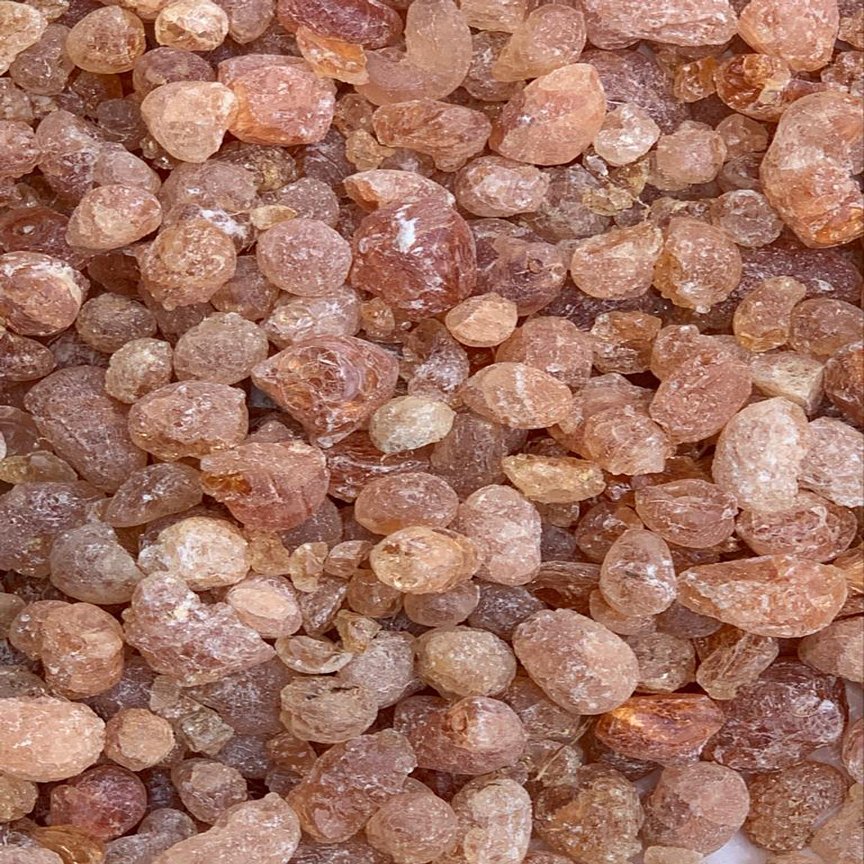



Applications & Usages of Gum Arabic
By far gum Arabic is mostly used in the different sectors of the food and non-food industry. Other areas where gum Arabic is used are pharmaceuticals and the printing industry. However, the demand for gum Arabic and for hydrocolloids in general varies significantly between food and non-food applications and, in the food industry, between sectors and individual product groups within a sector.
Food application
In food products gum Arabic is used as a functional ingredient, which means that the typical functions of gum Arabic are:
⦁ Emulsifier
⦁ Flavouring agent
⦁ Humectants
⦁ Thickener
⦁ Surface-finishing agent
⦁ Retards sugar crystallization
In addition gum Arabic has water solubility, is insoluble in alcohols and forms colourless, tasteless solutions. The food applications of gum Arabic have been developed from its unequalled combination of properties. Emulsification, acid stability, low viscosity at high concentration, adhesive and binding properties and good mouth feel characteristics have been used in five main food areas (worldwide) in descending order of importance:
⦁ Confectionery
⦁ Beverages and emulsions
⦁ Flavour encapsulation
⦁ Bakery products
⦁ Brewing
⦁
Confectionery industry
Gum Arabic has two important functions
⦁ To retard or prevent sugar crystallization
⦁ To emulsify the fat and keep it evenly distributed throughout the product.
For prevention of sugar crystallization, Gum Arabic finds its greatest application in confections in which sugar content is high and moisture is low, e.g., in jujubes and pastilles. The second function, fat emulsifier, keeping fat distributed uniformly an easily oxidizable, greasy film. This property makes Gum Arabic extremely useful in caramels and toffees.
Beverage and flavor industries
The emulsification properties of Gum Arabic are utilized in various liquid flavor emulsions.
The major property utilized is the natural ability of Gum Acacia to produce and stabilize emulsions.
Gum arabic, arising from its compact structure, is also excellent for encapsulation of flavors as it emulsifies, has low viscosity, bland flavor and protects against flavor oxidation.
When used as a flavor fixative, the superior film forming ability of Gum Arabic makes it ideal for protecting the flavor from oxidation, evaporation and absorption of moisture from the air.
Dairy & Meats Products
Almost any dairy product can contain Gum Arabic Like all types of cheeses, milk and condensed milk, eggnog and other dairy-based drinks, dairy spreads, whey products and milk powder. Pudding and other products that require milk to be prepared also fall under this category.
Processed Meats: Any meats that have been processed or have ingredients such as flavorings added to them are likely to contain Gum Arabic. This includes hot dogs, sausages, luncheon meats and canned fish. Any preserved meat or fish, as well as dried egg products and meaty soups and sauces also contain Gum Arabic. However, soy-based seasonings, such as soy sauce, are likely to use Gum Arabic as a preservative
Bakery Products Industries
Gum Arabic applied as a lubricant and binder in extruded snack cereals, gum Arabic provides adhesion of dry flavors in peanuts and similar products. In low fat cake and muffin mixes, gum arabic functions as a partial oil replacer as well as a moisture binder
Cosmetics & Pharmaceutical
Gum Acacia has been used in pharmaceutical applications for many years and it is specified in National, European and USA Pharmacopoeias
The usage of Gum Acacia in pharmaceutical applications is based on its natural properties of emulsification, stabilization, demulcent action, adhesiveness and binding action.
Gum Acacia is a 100% water-soluble non-starch polysaccharide (NSP) which is resistant to hydrolysis by the digestive enzymes of humans so delivers in excess of 85% total dietary fiber.
Non-food industries
Gum Arabic is used extensively in industrial/ non- food applications, the equivalent properties that are used in food and pharmaceutical applications offer extensive new application these properties of emulsification; stabilization, encapsulation, adhesion and binding action ensure wide usage of gum arabic in non-food application
Textile Industries
Gum Arabic gives body in finishing silk and rayon fabric without loss of transparency. It is also used as sizing and finishing agent in printing formulations for importing designs or decoration to fabrics
Also can be used in the melting yarn chips process, during metaling gum Arabic will be added in order to make yarn stronger, not easy to break
More recently many textile manufactures use modified starched mixed with gum Arabic
Gum Arabic is available in different varieties and grades such as:
⦁ Hand Picked Selected (HPS) grade, Hashab (Acacia senegal)
⦁ Kordofan Cleaned (KC) grade , Hashab (Acacia senegal)
⦁ Kibbled grade (KB) grade, Hashab (Acacia senegal)
⦁ Mechanical Powder (MP) grade, Hashab (Acacia senegal)
⦁ Cleaned Talha (CT) grade, Talha (Acacia seyal)
Gallery

1 / 3


1 / 3


1 / 3

Sesames
Sesame is grown in many parts of the world on over 5 million acres (20,000 km2). One of the largest producers of the crop is Sudan. The seeds are used whole in cooking for their rich nutty flavour and are used for their oil yields.
Sudanese Seeds white sesame is one of the best natural product produced in traditional and mechanized land of the Sudan.
The machine cleaned, 99% purity, ...
impurities 1% Max, FFA 2% Max, Moisture 7% Max, Oil content 49% Min.
×
Sesames
Sesame is grown in many parts of the world on over 5 million acres (20,000 km2). One of the largest producers of the crop is Sudan. The seeds are used whole in cooking for their rich nutty flavour and are used for their oil yields.
Sudanese Seeds white sesame is one of the best natural product produced in traditional and mechanized land of the Sudan.
The machine cleaned, 99% purity, impurities 1% Max, FFA 2% Max, Moisture 7% Max, Oil content 49% Min.
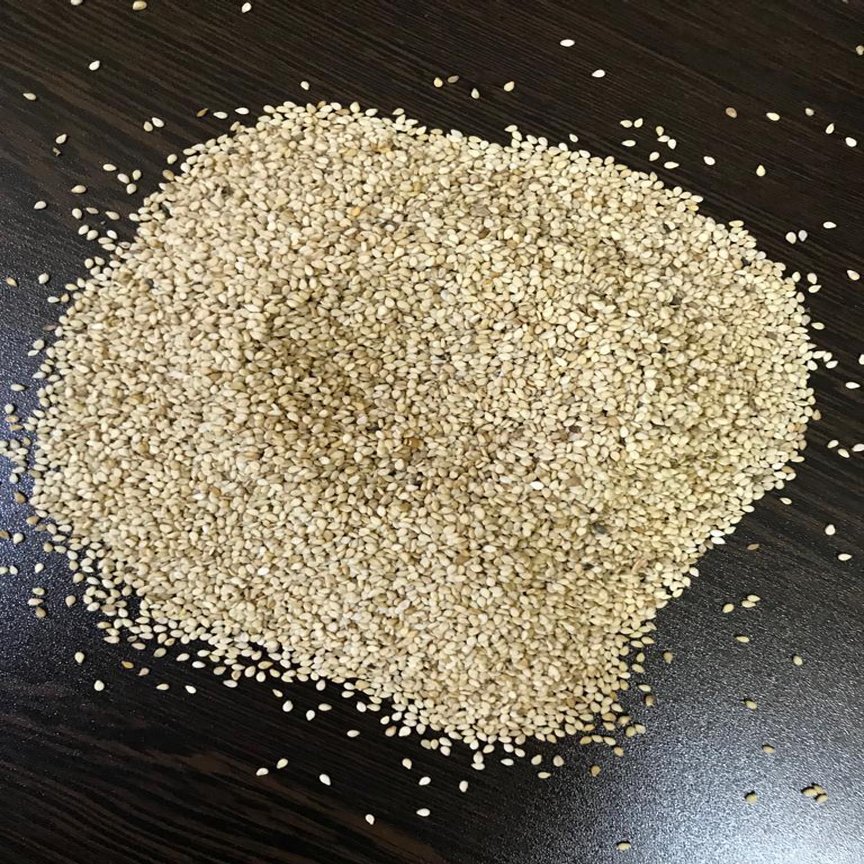

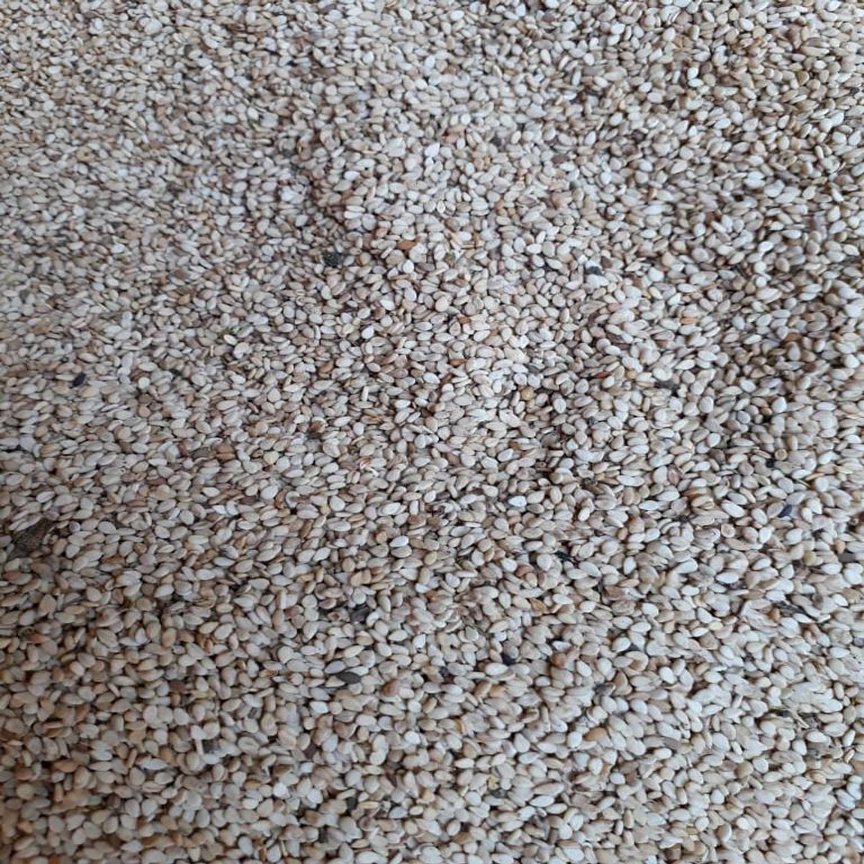

Sudanese Seeds white sesame is one of the best natural product produced in traditional and mechanized land of the Sudan.
The machine cleaned, 99% purity, impurities 1% Max, FFA 2% Max, Moisture 7% Max, Oil content 49% Min.
Gallery

1 / 2


1 / 2

Groundnuts
Groundnuts is grown Sudan in the western part of the county accounting to 60-70% of the total production whilst the other variety grows in Gazeria and East Sudan. The ‘western’ groundnut that is typically grown in Darfur and Kordofan (sandy soil) is known to be of better quality possessing higher levels of protein and oil. Domestic use of this legume includes households’ food consumption and...
additives to solvents, oils, local medicines, dyes and cosmetics.
Promats is providing hulled and unshelled ground nut for exports and local markets with a minimal environmental risks.
×
Groundnuts
Groundnuts is grown Sudan in the western part of the county accounting to 60-70% of the total production whilst the other variety grows in Gazeria and East Sudan. The ‘western’ groundnut that is typically grown in Darfur and Kordofan (sandy soil) is known to be of better quality possessing higher levels of protein and oil. Domestic use of this legume includes households’ food consumption and additives to solvents, oils, local medicines, dyes and cosmetics.
Promats is providing hulled and unshelled ground nut for exports and local markets with a minimal environmental risks.








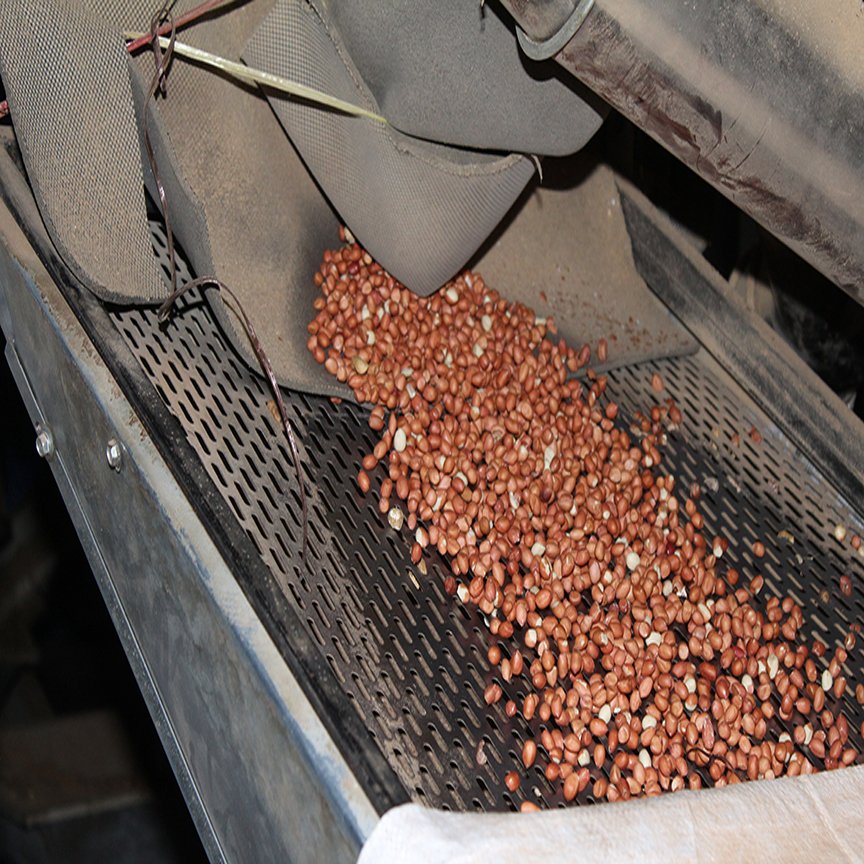



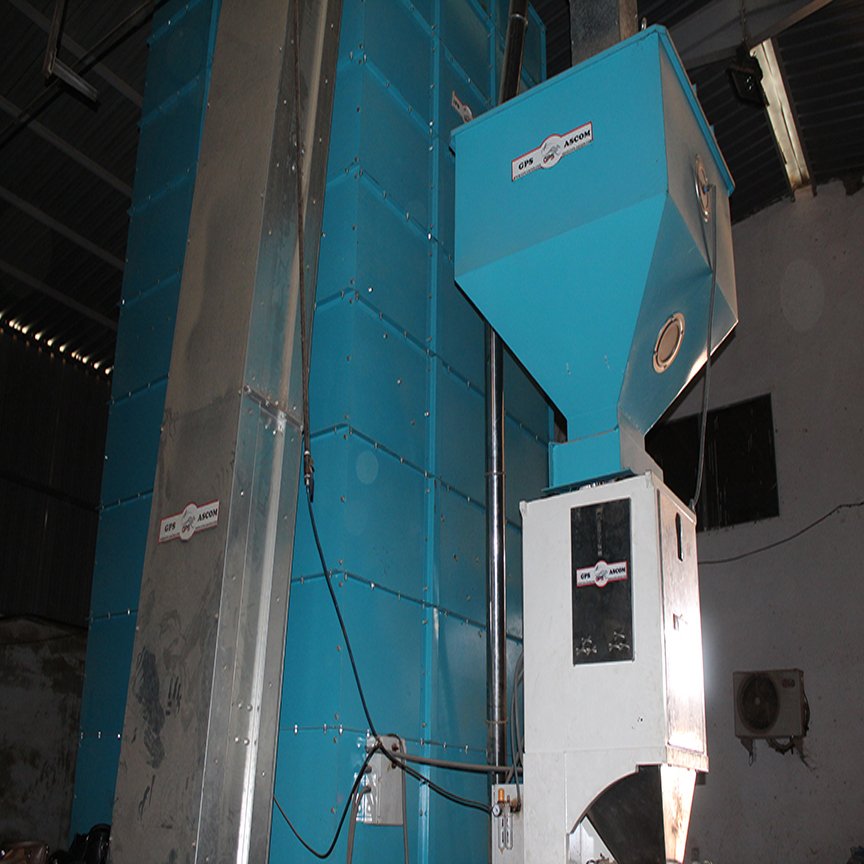



Promats is providing hulled and unshelled ground nut for exports and local markets with a minimal environmental risks.
Gallery

1 / 8


2 / 8


3 / 8


4 / 8


5 / 8


6 / 8


7 / 8


8 / 8

